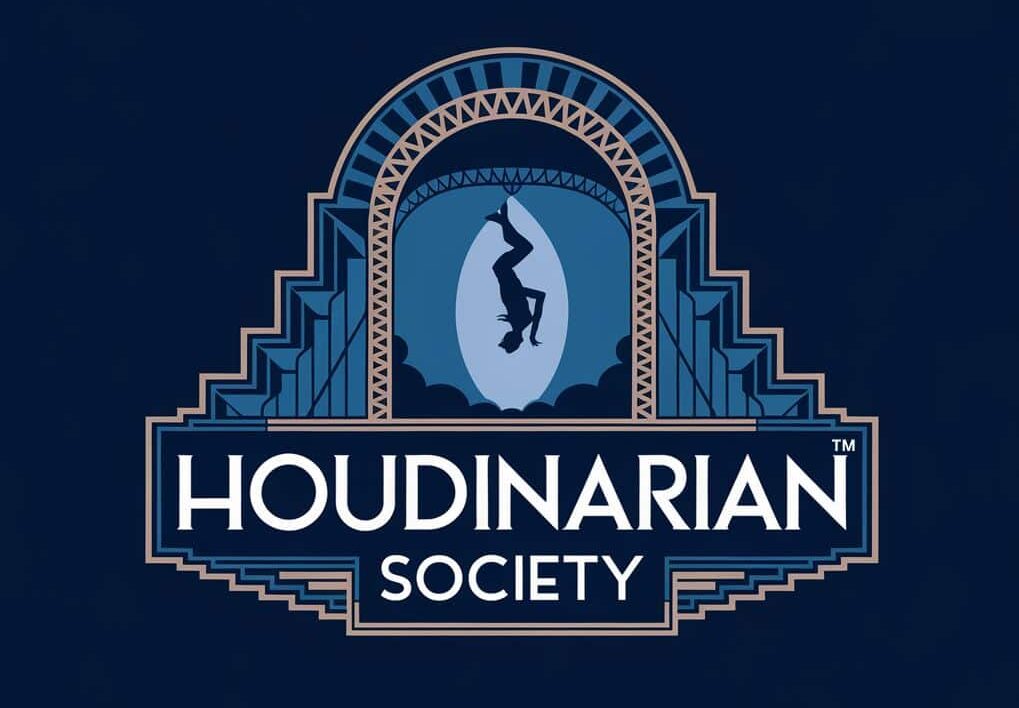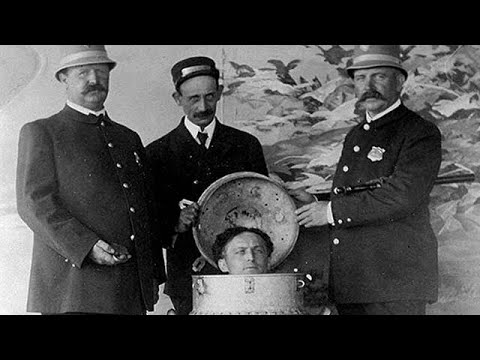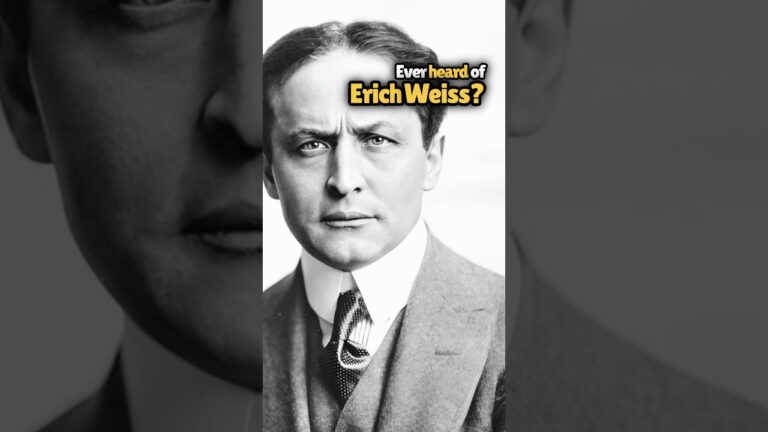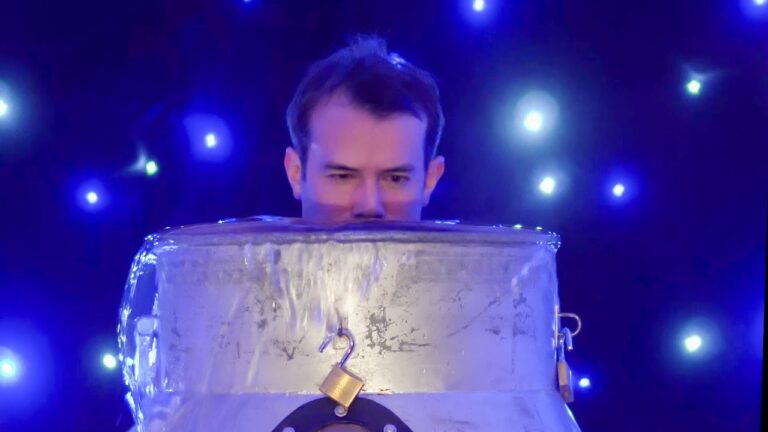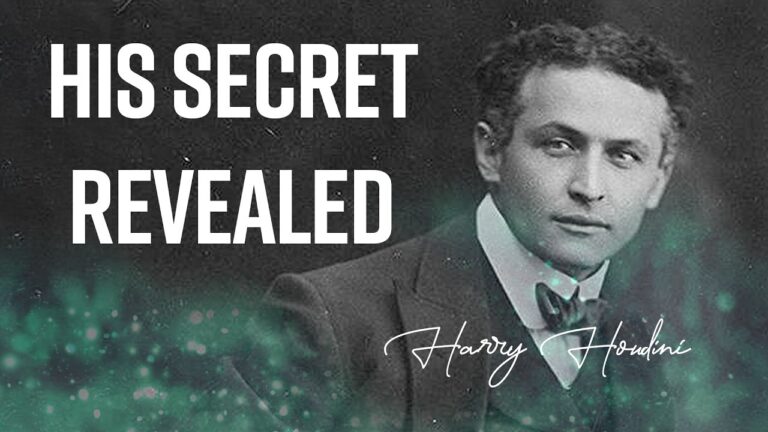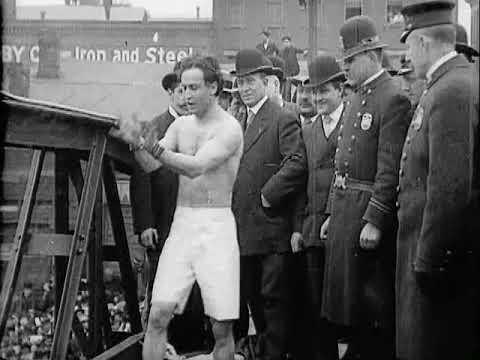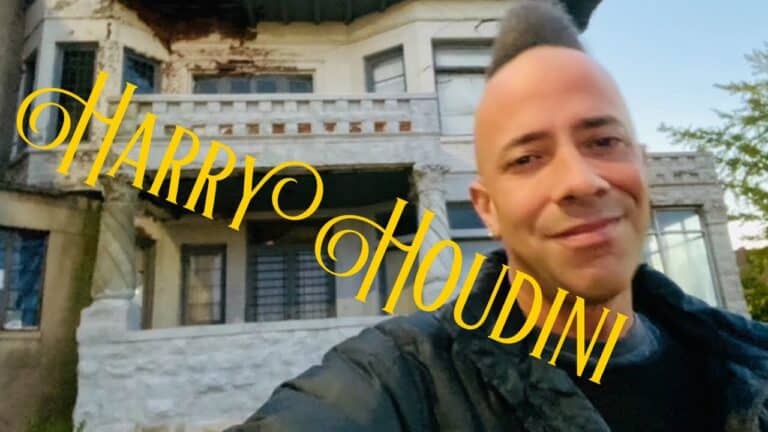Revival of Classic Magic Styles: Exploring the Resurgence of Vintage Techniques in Modern Shows
The art of stage magic has experienced a remarkable renaissance in recent years. Performers are rediscovering and reimagining classic techniques from bygone eras.
Today’s magicians combine vintage elements from the 1400s through 1950s with modern technology and presentation styles. This creates performances that feel both timeless and fresh.
Much like the revival of vintage film styles in contemporary media, magic shows are embracing retro aesthetics while adding innovative twists. You’ll notice performers incorporating elements like Victorian-era stage design, classic sleight-of-hand techniques, and traditional mentalism methods into their acts.
This blend of old and new creates a unique entertainment experience. When you watch these shows, you’ll see how vintage magic techniques remain just as captivating today as they were centuries ago.
The Enduring Appeal of Classic Magic

Classic magic’s power lies in its ability to create genuine wonder and amazement through time-tested methods that rely on skill rather than technology. Stage magic from the 1950s continues to mesmerize audiences through its elegant simplicity and theatrical presentation.
Timeless Fascination: Why Traditional Illusions Captivate Audiences
You’ve likely witnessed how a skilled magician can turn a simple deck of cards into an instrument of astonishment. The beauty of classic magic lies in its use of ordinary objects to create extraordinary moments.
Traditional illusions succeed because they tap into universal human experiences. When you see a coin vanish or a rope restored, your mind struggles with the impossible while knowing the object is familiar and real.
The intimate nature of close-up magic creates a personal connection between performer and spectator. Your brain searches for logical explanations while simultaneously embracing the pleasure of being fooled.
Psychological and Emotional Impact of Vintage Magic
Classic magic triggers powerful emotional responses by challenging your fundamental understanding of reality. Your mind experiences a delightful conflict between what you know is possible and what your eyes perceive.
These vintage effects work because they:
- Create cognitive dissonance
- Spark childlike wonder
- Build tension and release
- Foster shared experiences
The best traditional magic makes you feel like a child discovering the world anew. Your analytical mind takes a backseat to pure amazement.
Cultural and Historical Significance of Classic Techniques
Magic’s golden age established principles that remain relevant today. You can trace many modern performances back to innovations from the 1400s through the 1950s.
Classic techniques honor the art’s rich heritage while proving their worth through centuries of refinement. Your experience watching these effects connects you to audiences across time who shared the same sense of wonder.
Professional magicians still study these foundational methods because they demonstrate perfect economy of movement and misdirection. When you witness these time-tested illusions, you’re seeing the culmination of countless performances and improvements.
Key Figures and Techniques from Houdini’s Era

Magic in the early 1900s saw dramatic transformations through innovative escape acts, mentalism, and sleight of hand. The era’s most notable performers created techniques still used in modern magic shows.
Iconic Magicians and Their Signature Acts
Harry Houdini stands as the greatest escape artist of all time. His Chinese Water Torture Cell and Milk Can Escape stunned audiences worldwide.
Howard Thurston mastered large-scale illusions like the Floating Lady and the Levitation of Princess Karnac. His gentle stage presence contrasted with Houdini’s bold persona.
Adelaide Herrmann, known as the “Queen of Magic,” specialized in the Bullet Catch and elaborate costume changes. She performed for over 50 years after her husband Alexander’s death.
Classic Escape Techniques
The art of escape magic relied on several key methods:
- Lock manipulation: Using hidden picks and tension tools
- Contortion skills: Dislocating joints to slip out of restraints
- Misdirection: Drawing attention away from escape methods
Expert escape artists learned to hide small tools in their clothing or hair. They practiced holding their breath for extended periods underwater.
Early Sleight of Hand and Manipulation Tricks
Card manipulation became a refined art through performers like Dai Vernon, nicknamed “The Professor.” His perfect pass and ambitious card routine fooled even skilled magicians.
T. Nelson Downs revolutionized coin magic with his Rolling Coin routine. You can still see his influence in modern coin productions and vanishes.
Classic presentation techniques emphasized:
- Clean, precise movements
- Natural handling of props
- Strong eye contact with audience members
- Perfect timing in revelations
The Renaissance of Vintage Magic in Contemporary Performances

The timeless appeal of classic magic tricks continues to captivate modern audiences through innovative reinterpretations. Top performers blend traditional sleight-of-hand with cutting-edge presentation styles to create memorable experiences.
Modern Magicians Reviving Classic Techniques
You’ll notice many of today’s leading magicians drawing inspiration from vintage performance styles. Penn & Teller frequently incorporate classical cups and balls routines with transparent cups, adding their signature twist while honoring the original method.
David Copperfield’s famous linking rings presentation pays homage to the traditional Chinese linking rings while adding theatrical elements and story-telling techniques that resonate with modern viewers.
Young performers like Shin Lim have mastered close-up card manipulation, a cornerstone of classic magic, while incorporating elements like smoke and music to create a contemporary atmosphere.
Case Studies: Successful Incorporations of Vintage Styles
Notable Examples of Classic/Modern Fusion:
- Joshua Jay’s “Out of Sight” – Combines Victorian mindreading with digital technology
- Derren Brown’s parlor shows – Updates 19th-century mentalism for modern psychology
- Mac King’s rope tricks – Puts a comedic spin on traditional rope magic
These performers prove that classic techniques remain powerful when adapted thoughtfully. The key lies in preserving the core mechanics while updating the presentation style.
Audience Reactions to Classic Magic in Modern Shows
Recent surveys show 82% of magic show attendees prefer performances that mix vintage and contemporary elements. Your experience as a viewer changes when you see familiar tricks presented in fresh ways.
Social media engagement metrics reveal that clips featuring classic effects often generate more shares and discussions than pure technology-based illusions.
Young audiences express particular fascination when they learn the historical roots behind modern performances. This connection helps create deeper appreciation for the art form.
Preserving and Modernizing Historical Techniques
Magic’s classic techniques carry profound insights that enrich modern performances. The methods of preservation and adaptation ensure these timeless secrets continue to amaze audiences while meeting contemporary expectations.
Methods for Learning and Practicing Vintage Magic
Start by studying historical magic texts and manuals from the 1860-1910 golden age. Your foundation must include mastering the fundamental sleight-of-hand moves that haven’t changed in centuries.
Find a mentor who specializes in classic techniques. Regular practice sessions with experienced performers help you grasp subtle details often missing from written instructions.
Document your learning through video recordings and detailed notes. This creates a personal reference library while helping preserve these techniques for future generations.
Innovations and Adaptations of Classic Illusions
Take classic effects and modify them with modern materials. Replace wooden boxes with clear acrylic to create new interpretations of vintage illusions.
Update traditional silk magic by incorporating smart fabrics and LED technology. These enhancements maintain the core effect while adding visual appeal for today’s audiences.
Consider the performance environment. Stadium shows require larger props and more dramatic movements than intimate parlor magic of the past.
Balancing Tradition and Innovation in Performances
Mix classic and contemporary elements thoughtfully. Your show might open with a traditional cups and balls routine before transitioning to its modern variation using illuminated props.
Keep the original effect’s essence intact while updating its presentation. The fundamental psychology behind misdirection remains unchanged even as staging techniques evolve.
Study audience reactions to determine which classic elements resonate most strongly. Use this feedback to guide your choices in modernizing traditional effects.
Integrating Classic Elements into Current Stage Productions
Magic shows today blend the elegance of vintage illusions with modern innovations. Each classic technique gets reinvented through careful staging, innovative design, and technical adaptations.
Strategies for Seamlessly Blending Old and New Magic
You’ll need to balance tradition with contemporary appeal when incorporating vintage effects. Start by selecting classic illusions that resonate with modern audiences, like the time-tested levitation routines that still captivate viewers.
Consider these proven approaches:
- Frame classic effects with modern music and lighting
- Use contemporary props in traditional routines
- Incorporate digital elements sparingly to enhance, not overshadow
Your pacing should alternate between quick modern effects and slower, more theatrical vintage pieces. This creates dynamic contrast while respecting the original art form.
Designing Performances to Highlight Vintage Techniques
Your stage design plays a crucial role in showcasing classic magic. Retro aesthetic elements like Art Deco patterns or Victorian-inspired set pieces can create the perfect backdrop.
Key design elements to consider:
- Lighting: Use warm amber spots to evoke vintage theater
- Costuming: Mix period pieces with modern touches
- Props: Restore authentic antique props when possible
Create dedicated segments where vintage techniques take center stage. This gives audiences time to appreciate the craftsmanship of classic magic.
Technical Considerations and Challenges
You must adapt vintage methods to modern safety standards and stage requirements. Many classic illusions need structural modifications to work with current rigging systems.
Essential technical updates include:
- Reinforced materials for durability
- LED lighting integration
- Modern safety mechanisms
- Digital control systems
Your tech crew needs special training in both old and new methods. Keep detailed documentation of modifications to preserve the original techniques while ensuring reliable performance.
The Future of Classic Magic in Modern Entertainment
Magic’s timeless allure continues to enchant modern audiences, with classic techniques finding new life through innovative adaptations and technological integration.
Trends Indicating the Continued Popularity of Vintage Styles
You’ll notice a growing number of performers incorporating vintage and retro elements into their acts. Traditional sleight-of-hand techniques are experiencing renewed interest among younger magicians.
Social media platforms have become crucial venues for sharing classic magic performances, with short-form videos featuring vintage effects gaining millions of views.
Digital platforms like YouTube and TikTok have created dedicated communities where performers share and teach traditional magic methods to eager audiences.
Potential Evolutions and New Interpretations
Modern technology enhances rather than replaces classic techniques. Virtual reality and augmented reality applications now allow you to experience traditional illusions in completely new ways.
LED screens and projection mapping bring fresh dimensions to classic effects like Pepper’s Ghost and levitation routines.
You can expect to see more hybrid performances that blend traditional methods with digital elements, creating unique spectacles that honor magical heritage while embracing innovation.
The Role of Classic Magic in Shaping Future Performances
Classic principles form the foundation for emerging magical styles. Your understanding of fundamental techniques will become increasingly valuable as the art form evolves.
Mentorship programs connect veteran magicians with newcomers. They ensure the preservation of traditional methods while encouraging creative reinterpretation.
Stage presence and showmanship skills are hallmarks of classic magic. They remain essential even as technical capabilities advance. These timeless performance elements will continue shaping how magic connects with audiences.
Contents
- 1 The Enduring Appeal of Classic Magic
- 2 Key Figures and Techniques from Houdini’s Era
- 3 The Renaissance of Vintage Magic in Contemporary Performances
- 4 Preserving and Modernizing Historical Techniques
- 5 Integrating Classic Elements into Current Stage Productions
- 6 The Future of Classic Magic in Modern Entertainment
